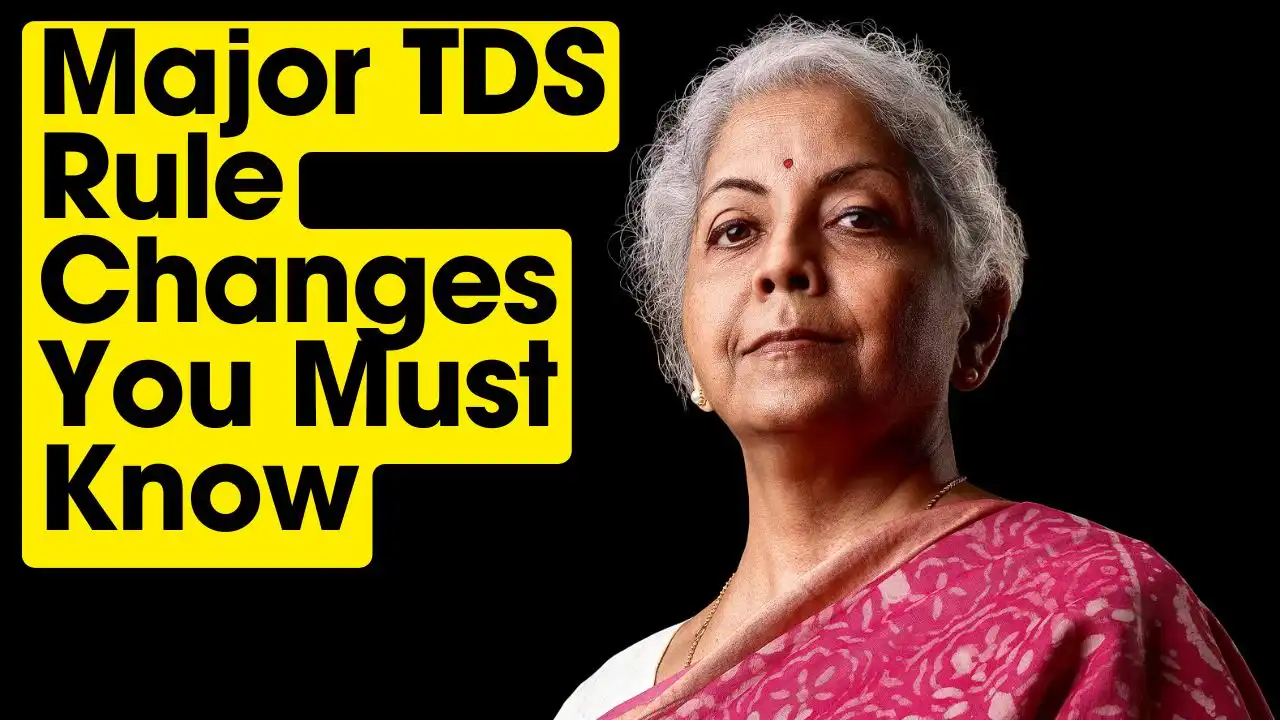New TDS Rules For Pensioners
The Indian Ministry of Finance has recently implemented significant changes to the rules governing TDS on pensions. These updates are expected to impact millions of pensioners across the country, making it essential for retirees to understand their implications. Being well-informed about these modifications can help pensioners navigate the taxation process more efficiently and avoid any unexpected liabilities.
Pensions have always been treated as taxable income under the Income Tax Act of 1961. According to Clause 1 of paragraph 102 of the Act, pensions fall under the category of “Salaries,” meaning that the same tax slab rates applicable to salaried employees also apply to pension income. Traditionally, banks or former employers deducted TDS on pensions, while retirees were responsible for filing their income tax returns (ITR) to declare and pay any additional taxes. However, with the latest changes, both pensioners and tax deductors are now expected to follow enhanced compliance measures, ensuring better transparency and convenience in taxation.
One of the key changes introduced is the consideration of family pension when computing total taxable income. Previously, family pension received by dependents was taxed under “Income from Other Sources” and subjected to TDS at the bank level. Now, it must be included when calculating the overall taxable income.
Another important update is the requirement for pensioners opting for the new tax regime to fill out specific forms, including Form 10-IE, which facilitates accurate TDS deduction and simplifies compliance. Pensioners can still claim the standard deduction of ₹50,000 on their pension income. However, if an individual is receiving both a pension and a salary from post-retirement employment, only one standard deduction can be applied.
Another critical update involves the exceptions clause under Section 206AB. If a pensioner has not filed income tax returns for two consecutive financial years and the total TDS deducted exceeded ₹50,000 in any of those years, a higher tax deduction rate will be applicable. This provision aims to encourage pensioners to stay compliant with tax regulations and avoid higher deductions.
Pensioners who earn income from additional sources, such as fixed deposit interest or rental income, must ensure that all such earnings are declared in their income tax returns. Failure to report these sources of income may result in discrepancies and additional tax liabilities, highlighting the importance of maintaining meticulous financial records.
To ensure compliance, pensioners must file their income tax returns on time and consistently monitor TDS deductions through Form 26AS and the Annual Information Statement available on the Income Tax portal. It is also essential to submit the necessary forms that indicate whether they are opting for the old or new tax regime. Seeking guidance from a tax advisor can be beneficial in understanding these new rules, maximizing deductions, and ensuring tax planning is handled efficiently.
These changes have been introduced to streamline the taxation process, reduce tax evasion, and ensure the correct deduction of taxes. While they bring more scrutiny and compliance requirements, pensioners who align with these modifications will find it easier to manage their pension income without unnecessary financial burdens. Adapting to these revised TDS norms will help pensioners avoid penalties and secure a smooth taxation experience.
Staying informed about these updates is crucial to prevent any surprises during tax season. The modifications emphasize the importance of understanding tax laws, staying within regulatory boundaries, and actively participating in compliance. By adhering to the updated TDS norms and maintaining a proactive approach, pensioners can safeguard their financial well-being while ensuring a hassle-free taxation process.




